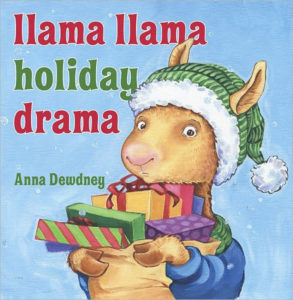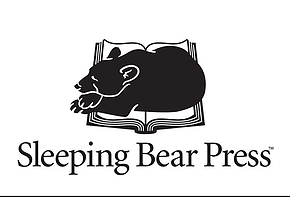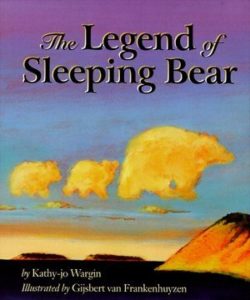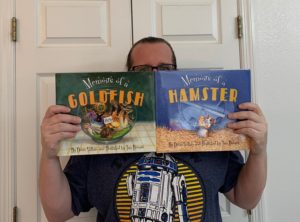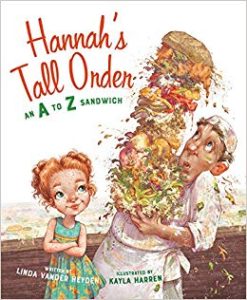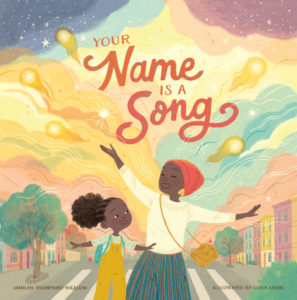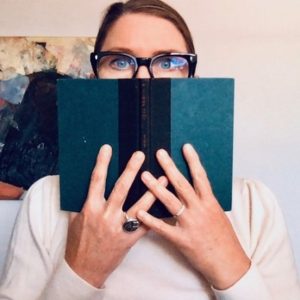 Hold on to your collective literary hats, folks, because this month’s Industry Interview subject—Amy Novesky, the Children’s Book Editor + Director @ Cameron Kids—said “I would love to have some fun” with this interview.
Hold on to your collective literary hats, folks, because this month’s Industry Interview subject—Amy Novesky, the Children’s Book Editor + Director @ Cameron Kids—said “I would love to have some fun” with this interview.
Challenge accepted, Amy.
She also pointed out that while she enjoyed the OPB interview I did with her friend Abigail Samoun, her own life “is not nearly as exciting.”
Implied challenge also accepted, Amy.
So, to get things off on the right foot, let’s begin with a semi-biographical free association thing. I’ll start a sentence, you finish it. Ready, Amy?
- If Netflix is the answer, the question is…
- what do you waste time endlessly scrolling?
- If Sausalito were a sandwich, the right condiment for it would be…
- When I was a child, my least-favorite crayon color was…
- the broken one.
- A penguin walks into your room right now, and it’s wearing a tuxedo because it…
- clearly is a character from a picture book.
- The only thing more important than giving a child a book is…
- teaching him how to cook dinner.
Whew, we’re off to a great start. I think we’re ready for the regular interview now. Sound good?
So, let me offer up a few URLs of note, then let’s get to the interview.
- Personal website: https://www.amynovesky.com/
- Publisher website: https://www.abramsbooks.com/publishing-partners/cameron-kids/
- How to pronounce her name! https://www.teachingbooks.net/pronounce.cgi?aid=14609
RVC: As an editor and writer, you’ve been involved with making kidlit books for two decades. Are you a writer who edits, an editor who writes? Or do you have some other way of thinking about it entirely?
AN: Both, depending on the day. But I think of myself as a writer first, always. Writer is who I am, editor is what I do.
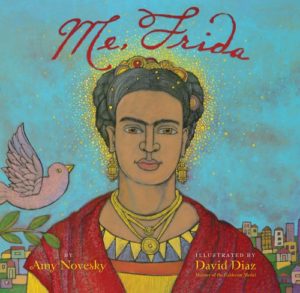 RVC: Then let’s talk about writing first!
RVC: Then let’s talk about writing first!
One of the clear throughlines in your own books is your affection for creative folks–Georgia O’Keeffe (Georgia in Hawaii), Frida Kahlo (Me, Frida), and Imogen Cunningham (Imogen: The Mother of Modernism and Three Boys), to name just a few. How conscious of a thing is that?
AN: I do have a thing for women artists—especially painters. And I have consciously wondered why, and made the connection to my mom who paints, and to our ancestors, a large family of artists called the Peales, who were known for their early American portraits. My great (x4) grandfather, Raphaelle, painted still lifes; he was the rebel of the family. So maybe the artist/portrait/still life gene got passed down to me, and manifests in words, instead of paint.
RVC: That’s such a cool story.
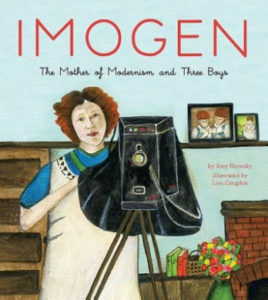 AN: I am drawn to the arts, and to artists, because I have always been in awe of one who can paint, play the piano, dance, sing. What an amazing life. For me it’s not just the art but the way these artists lived their lives like works of art. Frida was a walking canvas.
AN: I am drawn to the arts, and to artists, because I have always been in awe of one who can paint, play the piano, dance, sing. What an amazing life. For me it’s not just the art but the way these artists lived their lives like works of art. Frida was a walking canvas.
Incidentally, one of the things that connects almost all of the artists I have written about is flowers, which, I also love: Georgia’s giant red poppies, the flowers Frida wore in her hair, the signature gardenia Billie wore behind her ear. The magnolia flower Imogen photographed close-up. And, all of these artists, Louise Bourgeois included, were especially bad ass. Imogen, was probably the most bad ass of all: she managed to be an artist and make art, while raising three boys. That’s what my book, Imogen: The Mother of Modernism and Three Boys, is about.
RVC: Speaking of your books, let’s examine the launch of your picture book author career. What’s the story of that first book?
AN: I wrote Elephant Prince after a trip to India. Among the many things that amazed me was this elephant-headed god named Ganesh. Who was he? And why did he have the head of an elephant? The story is also, simply, the story of a mother who longs for a child, which was something I could relate to; my son, Quinn, was born a year after the book published.
RVC: You just had another picture book come out this month—Girl on a Motorcycle. Congrats on that! What’s your 20-second pitch for the book?
Girl with a good job in Paris, leaves it all, jumps on a motorcycle, carries only the essentials (pocket knife, tarp, anti-diarrheal, eyeliner, bikini, paper & pen …), rides around the world—from France, through Canada to Alaska…to India and Afghanistan…—breaks down, fixes bike, falls, gets back up, finds the world is beautiful and good, writes about it, returns home.
RVC: And all in one sentence, too? Consider me grammatically wowed!
I’m curious. Like the unnamed young Parisian in this story, have you ever dreamed “to go Elsewhere”?
AN: Every day.
RVC: Don’t we all, right? Even before the COVID world we now live in. [sigh]
What was the biggest challenge you faced when creating this book?
AN: Not being fluent in French (despite—I’m appalled to admit—15 years of studying it in school). Luckily Anne-France Dautheville, the subject of Girl On a Motorcycle, speaks decent and, comment dit-on, colorful English. But I would love to be able to talk with her and read her books in French. When I visited her at her home outside of Paris, I felt tongue-tied, in addition to totally jet-lagged. Not the best combo for meeting and interviewing your heroine.
RVC: Well, if you ever want help with French, let me know. I am très good at it! (Spoiler–I might be overstating this a bit. “Très” might be the only thing I actually recall from my Ph.D. crash-course semester in French.)
Moving on–what do you most admire about Julie Morstad’s accompanying artwork for your book Girl On a Motorcycle?
AN: I’ve been a fan of Julie’s work for some time, and she immediately came to mind for this book for her exquisite illustrations, her stylish characters, her sublime palette, which, in this book—beginning with those gorgeous sunset colors on the cover; the coppery brown, uncoated, separate ends; and the muted, earthy and airy hues throughout—takes my breath away.
RVC: Let’s switch gears to your work as an editor. What fulfills you most about that type of work?
AN: Working with words, and in a form that is so distilled, poetic and visual. And, because I am an equally visual person, looking for and working with illustrators and artists.
RVC: How did you get the editing bug?
AN: I’ve been writing since I could write. I studied poetry in college and got a masters in writing, with a focus on short story. It’s hard to make a living writing poetry and short stories, and so I went to work for a publishing house. When I didn’t get the fiction editorial assistant job, I applied to the other editor job that was open: children’s editorial assistant. I fell in love with the picture book form and discovered it was a really good fit for me, and I’ve been doing it since.
RVC: What was the most memorable thing about working for Chronicle Books, where you got that first job in editing?
AN: Living and working in San Francisco in my 20s, making beautiful books, and, the people—many of whom are still close friends, and some I even work with (2 of the 12 Cameron employees worked at Chronicle).
RVC: What was the first picture book you acquired there?
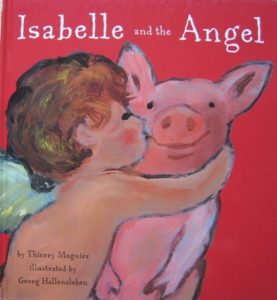 AN: Oh boy. The Go Go Dogs, about two dogs who travel the world, a consistent theme for me. It’s got to be about 3000 words and was clearly influenced by my love of Maira Kalman.
AN: Oh boy. The Go Go Dogs, about two dogs who travel the world, a consistent theme for me. It’s got to be about 3000 words and was clearly influenced by my love of Maira Kalman.
And then there was Isabelle and the Angel, illustrated by Georg Hallensleben, a French buy-in about an art-loving pig who falls in love with an angel in a painting at a museum. She loves him so much she becomes a security guard so she can be near him all night. I know, it’s a little odd. But the art is so gorgeous! I have a soft spot for esoteric French picture books, what can I say. The English-language edition is, sadly, out of print, but I did fairly recently find the original book on the bookstore shelf at the Musée D’Orsay.
RVC: A few years back, you left Chronicle and ended up acquiring titles for two presses at once. How did that happen?
AN: I left my job in 2000 to write and raise a son, and I have been a freelance editor since. Being a freelancer can be tough. I’ve had many many jobs over the years—some I wish I never took and at least one, like my stint at Pixar, which was great fun. Such is the life of a freelancer.
RVC: Tell me about it! My up-to-date resume is 40+ pages long to accommodate all the people/company I’ve worked with over 20+ years of being a writer.
AN: I started working for Cameron + Company, beginning in 2010, book-by-book, and then helped launch their children’s book imprint in 2015. Still, it was only part-time. When Creative Editions, another small, family-owned press, offered me part-time work acquiring for their list, I couldn’t turn it down. Living in the Bay Area on a freelance editor’s income is not easy. Luckily, I was able to do the latter from home, and the two lists are aesthetically different so, creatively, it worked out. I left Creative in February to focus on growing Cameron Kids. And, as of September 1, 2020, I can report that I am a full-time employee of Abrams, New York, which acquired Cameron + Company.
In short, yes, we editors often wear many hats.
RVC: Why is this super-new role at Cameron + Company (congrats on that!!) such a good fit for you?
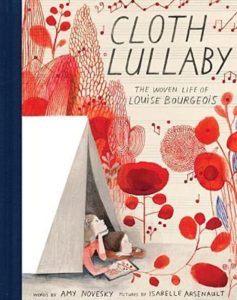 AN: To be the editorial director of a beautiful, thoughtful, well-curated list of books I helped create; to work with people I respect and adore; and now to be a west coast division of a major New York publishing house, whom I also adore (and who published two of my books: Me, Frida and Cloth Lullaby), is a dream job. It was a long time coming, a lot of hard work, patience, and literal blood, sweat and tears, and I couldn’t be happier.
AN: To be the editorial director of a beautiful, thoughtful, well-curated list of books I helped create; to work with people I respect and adore; and now to be a west coast division of a major New York publishing house, whom I also adore (and who published two of my books: Me, Frida and Cloth Lullaby), is a dream job. It was a long time coming, a lot of hard work, patience, and literal blood, sweat and tears, and I couldn’t be happier.
RVC: What’s the most common misconception about picture book editors?
AN: That we like children. Just kidding!
RVC: Who or what has influenced you most as an editor?
AN: I will give you a who and a what.
RVC: Way to overdeliver!
AN: Who: Victoria Rock at Chronicle Books. I learned so much, mostly from typing up her long, handwritten letters to authors and illustrators.
What: traveling the world. The places I’ve been and have lived and loved—India, Mexico, Paris, New York, Southern California, San Francisco, Kauai—influence my books.
RVC: How do picture books create an opportunity for adult readers to be present with kids?
AN: A picture book is a beautiful, tactile object. It takes time to turn a page, to read the words, to stop and define a difficult word or concept or two. One misconception about picture books is that they are simplistic, but they can be quite sophisticated and profound. The best books stop time, allow you to be present, and isn’t that what we strive for with our kids?
RVC: Well said, Amy.
Let me ask an industry question. I’m hearing mixed answers these days. Is COVID making things better or worse for writers? Some argue that editors working from home are able to get more done. Some argue that editors working from home are just as swamped as ever, or even more so. What’s been your experience? And what have you seen/heard from colleagues?


AN: For me, despite it all, I have been incredibly lucky. I have space. I live in a beautiful place. I have work and I can work from home. My son is old enough now to manage his online schooling and make a sandwich. And so, while I’ve surely gone through as many pandemic phases as stages of grief—from the urgency of it in those first few months, to heaviness and depression and rage, to a measure of acceptance, to moments of stillness and creativity–I’m doing okay, getting work done, chasing new books, even writing a new story or two.
But I know many people, friends and colleagues, who are struggling to do it all. It’s a lot. And here in California, we have pandemic + wildfires + smoke + heat + power outages, and there’s always a few earthquakes rattling about. September has been a particularly harrowing and heartbreaking month. When I can get to the office, 1⁄2 hour north, I keep a go-bag, a 7‑gallon jug of water, and masks for multiple emergencies, in my car.
2020 is making us all bad ass.
RVC: Bad ass, indeed!
Circling back now to your work as a bad-ass picture book author—you’ve got an author trailer on your website. Not a book trailer, but an AUTHOR one. So cool! Where’d you get that idea?
AN: I have a good friend who is a talented documentary filmmaker, and she and the co-founder of her company generously offered to make a short film about me. I am super camera-shy, so it was pretty excruciating for me, which is probably apparent in the pained look on my face. That and I’m not great at promoting myself and my work. And so I am so grateful to have such a beautiful piece in my portfolio. It’s at least 10 years old at this point, but the heart of it is still current.
RVC: How have people responded to it?
AN: I’ve gotten some really nice feedback.
RVC: Rightly so. It’s terrific.
AN: Thank you!
RVC: One last question for this first part of the interview. Craziest thing that ever happened re: a school visit you did?
AN: Okay, I’ve got a good one for you. On my way to a book event at a school an hour from my house, it was first thing in the morning, rush hour, I’d drunk a pot of coffee, and there was traffic, I was running late, hundreds of elementary kids were waiting for me, and, I had to go to the bathroom really really, like painfully, badly; I wasn’t going to make it. I pulled the car over as soon as I got off the freeway, jumped out and peed in a bush. I’m guessing some homeowner has probably got some good security footage of this children’s book author squatting on their property.
RVC: This from the lady who said her life wasn’t all that exciting! OMG!
Regardless, it’s your time to shine, Amy, because it’s the…LIGHTNING ROUND! Electrifyingly fast questions and shockingly quick answers, please. Are you ready?
AN: Let’s do this.
RVC: Smurfs, fraggles, or trolls—most underappreciated not-so-tall creatures in pop culture?
AN: Fraggles.
RVC: Best place in Sausalito for a slice of California pizza?
AN: My house. When the sourdough starter stars align.…
But there’s also Sandrino on Caledonia Street!
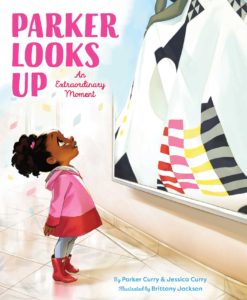 RVC: What’s the One That Got Away?
RVC: What’s the One That Got Away?
AN: Parker Looks Up.
RVC: The responsibility of the picture book writer is…
AN: To write well.
RVC: Recent picture book biography you wish you’d thought of first.
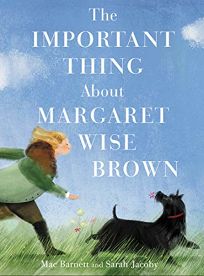 AN: The Important Thing About Margaret Wise Brown.
AN: The Important Thing About Margaret Wise Brown.
RVC: The three most important characteristics that lead to picture book success.
AN: An authentic voice, a compelling story, and a Hell Yes manuscript (Cameron Kids’ motto).
RVC: Thanks so much, Amy. And not that anyone’s keeping score, but I think I won on both counts regarding our challenges. Fun and excitement was indeed had by all. 100% of my pre-pub focus group of 2 agree.
So, thanks for sharing a bit of your literary journey with us today. It was great having you stop by OPB. Best of luck with the new book, too!


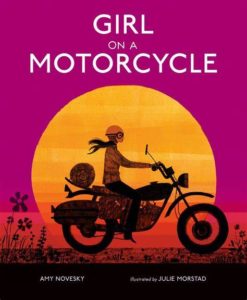
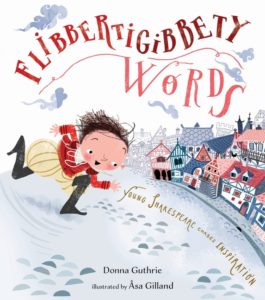
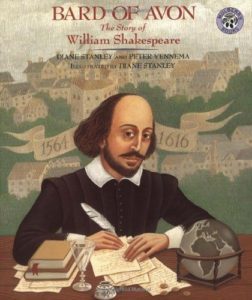
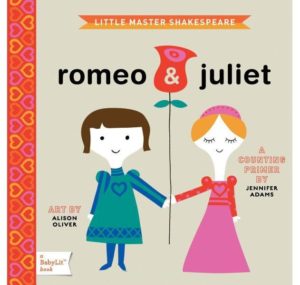
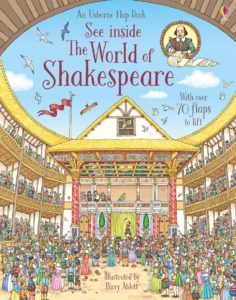
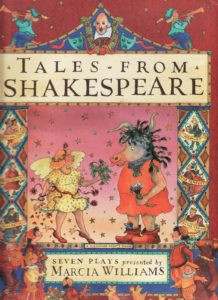
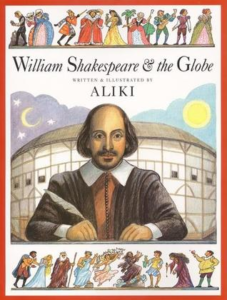
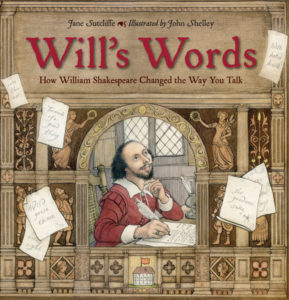

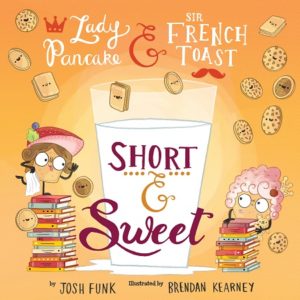
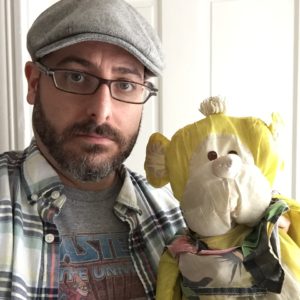
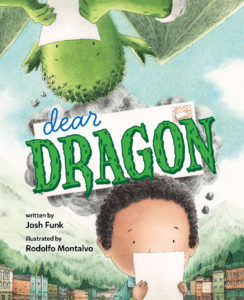

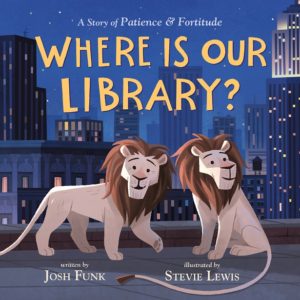
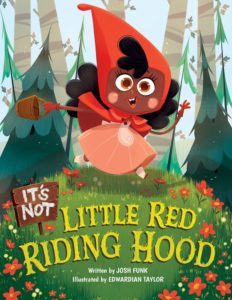 On that same day, the third book in the It’s Not a Fairy Tale series is being released:
On that same day, the third book in the It’s Not a Fairy Tale series is being released: 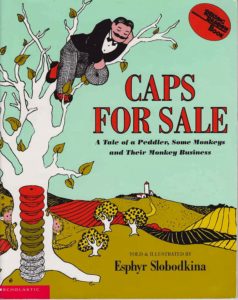
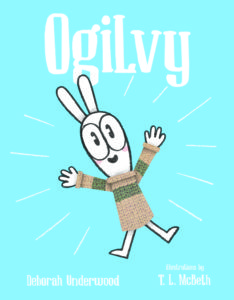
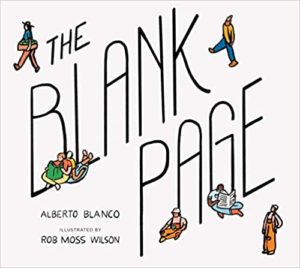
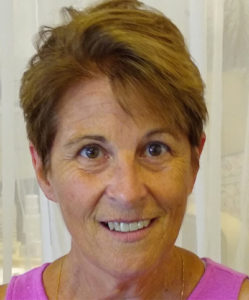
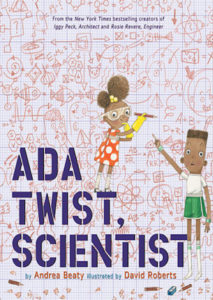
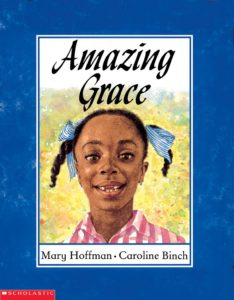
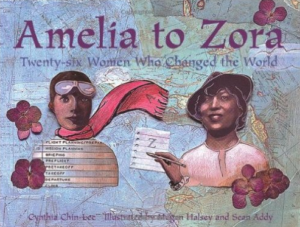
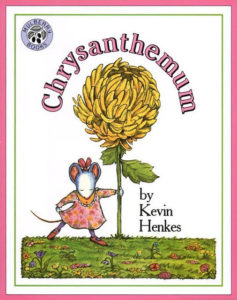
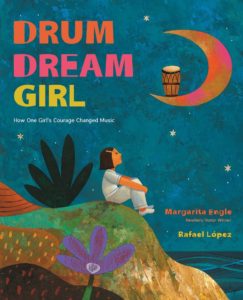
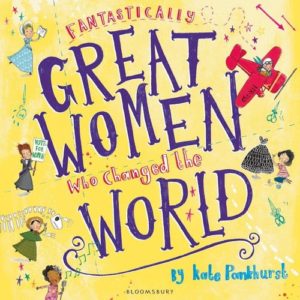
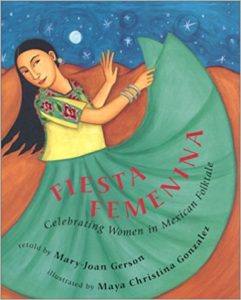
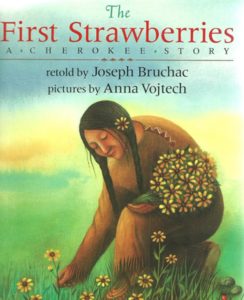
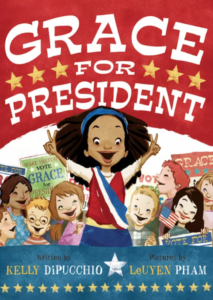
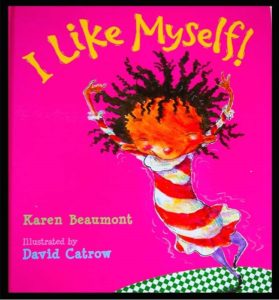
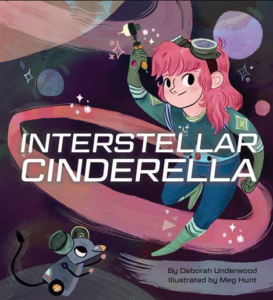
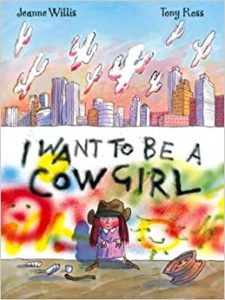
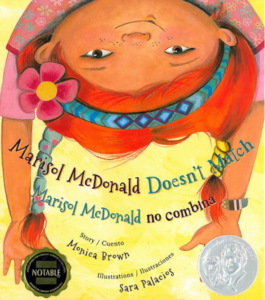
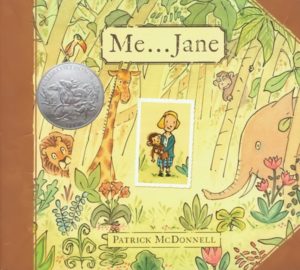
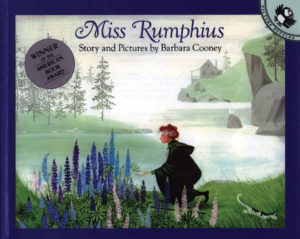
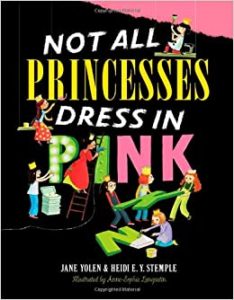
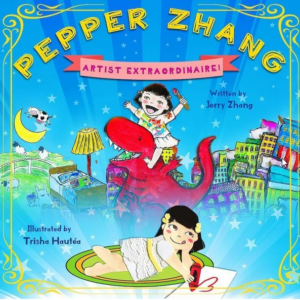
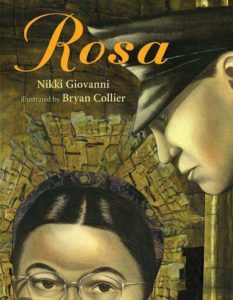
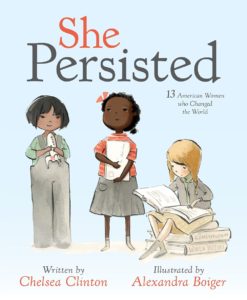
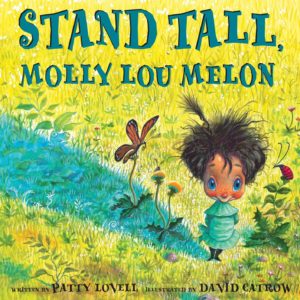
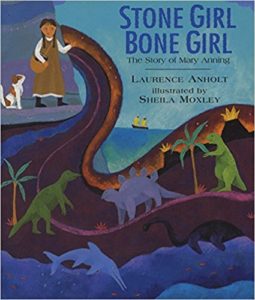
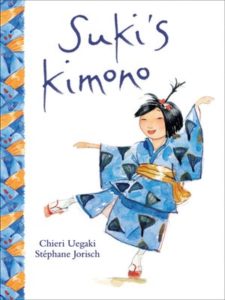
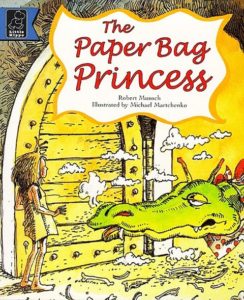
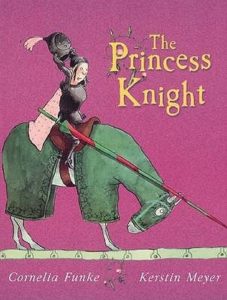
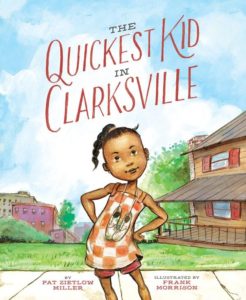
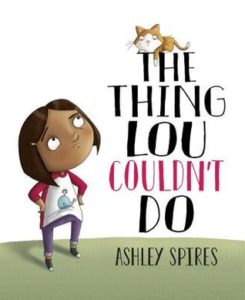

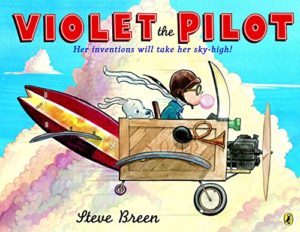
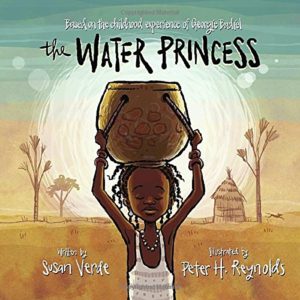
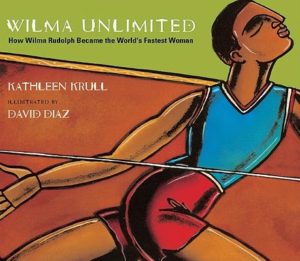
 The September 2020 Insider Interview is with…Sarah Rockett!
The September 2020 Insider Interview is with…Sarah Rockett!